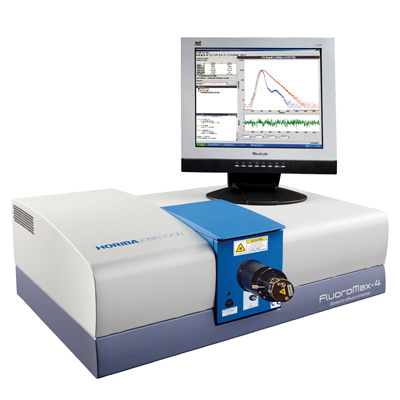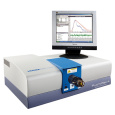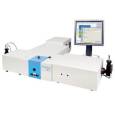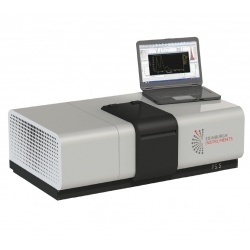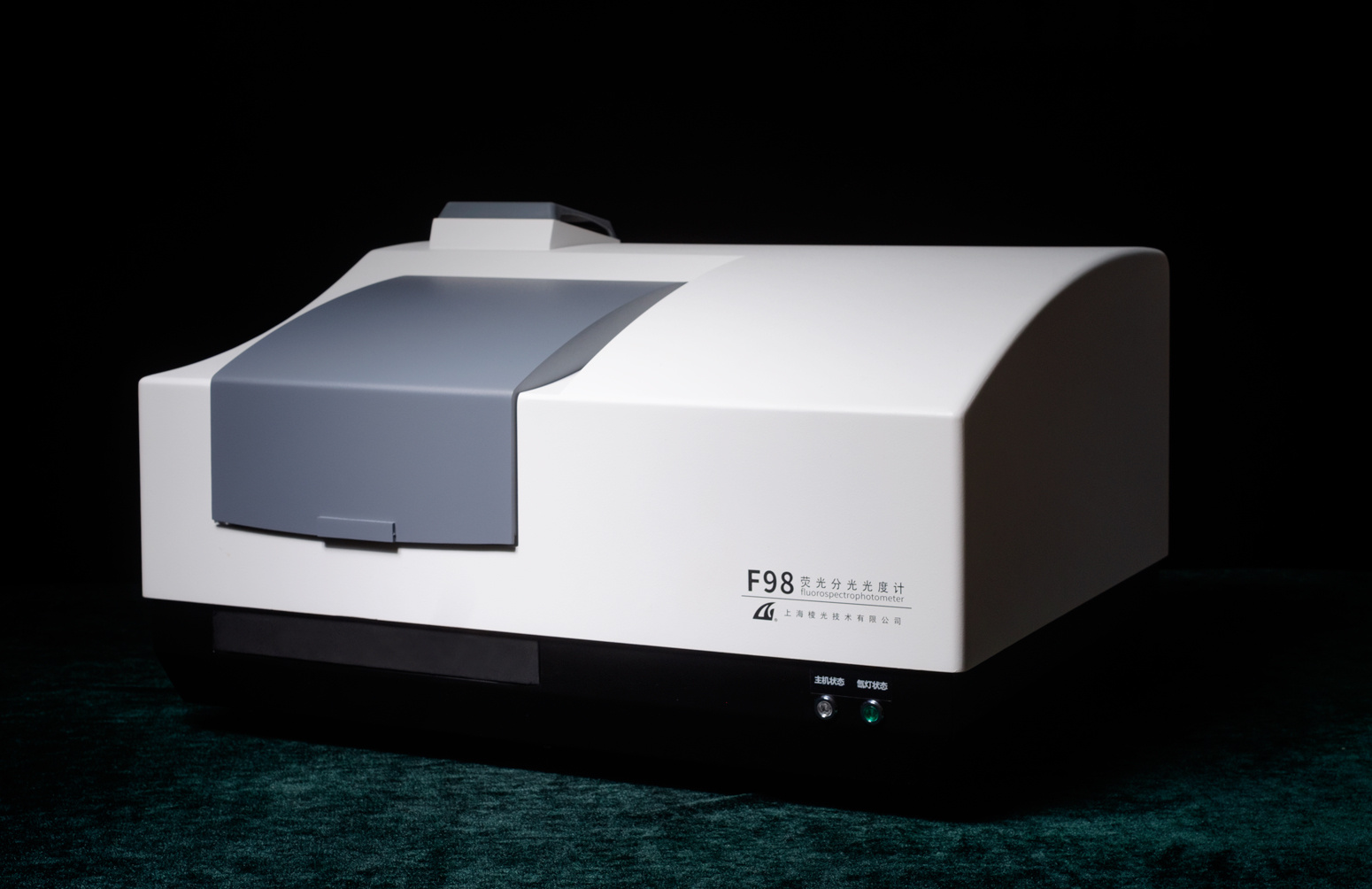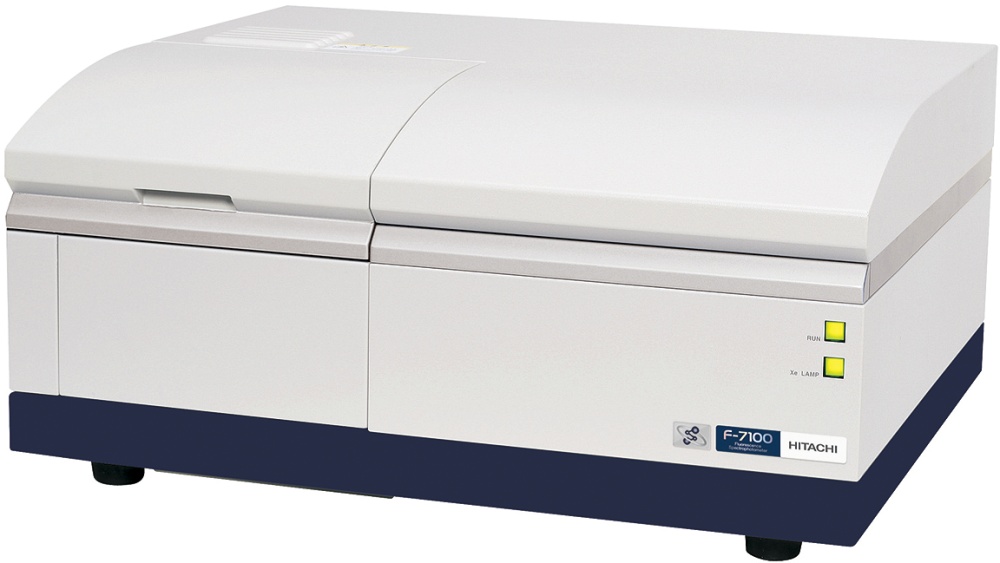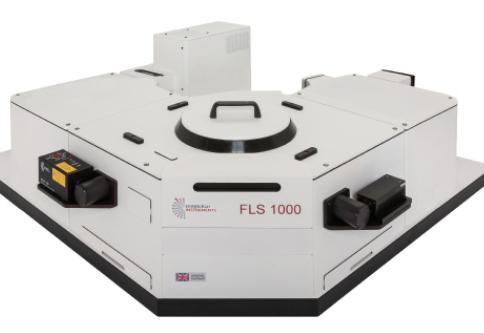方案详情
文
The brightly-colored coral reefs that make scuba-diving and snorkeling so enjoyable are essential to the survival of much underwater life. Not only do reefs offer a haven for smaller fish to hide from larger predators, but also some fish actually survive by eating the reefs themselves. Reefs offer protection to plants and animals from the ravages of waves and ocean currents. Thus, when the reefs die, so do many other living creatures.
方案详情

Fluorescent Pigments in Living Coral Introduction The brightly-colored coral reefsthat make scuba-diving and snorkelingso enjoyable; are essentialto tthesurvival of much underwater life. Notonly do reefs offer a haven for smallerfish to hide from larger predators, butalso some fish actually survive by eatingthee reefsthemselves.Reefs offerprotection to plants and animals fromthe ravages of waves andoceancurrents. Thus, when the reefs die, sodo many other living creatures. When Dr.CharlesMazelCofPhysical Sciences (Andover, MA)decided to make fluorescencemeasurements of corals.i, he begansearching for the right instrument. Theinstrument would have to betransportable and able to withstand thepitch and yaw aboard a ship. Hissamples also had special requirements: The samples might bephotosensitive, and thus could notbe subjectedtoprolongedlightexposure. The samplesSwere scattered overmany sites,sotheinstrumentneeded to last prolonged periodswithout service. System set-up had to be easy. ● Coral fluorescence could be depen-dent upon factors such as seawatercomposition and temperature,soperturbation of the corals’ environ-ment had to be minimized. AttHORIBA Jobini Yvon, Dr.Mazel found our FluoroMax@ sspectro-fluorometer. ltsfastt sscan-rateandunmatched sensitivity allow samples tobe measured faster than any otherinstrument without degrading data. TheFluoroMax is rugged enough to endureshipboard life and operate up to 1200hours between lamp replacements. Weeven agreed to fit custom tie-downs toprotect it from damage by rogue waves.A fiber-optic probe accessory let Dr.Mazel measure corals’ fluorescencewhile they sat comfortable in a familiarbath of warm, flowing seawater. Dr. Mazel is interested in thephenomenon of coral fluorescence, notjust from chlorophyll in symbiotic algae,but also the intense, multi-hued glowfrom pigments in the corals’ tissuesthemselves. How many pigments arethere? What are their spectra? How dothey affect coral physiology? Doesfluorescence indicate coral health? Dr. Mazel assembled a library ofspectral signatures, analyzing excitationand emission spectra of various coralsinvivoandnon-destructively.t.HisFluoroMax has traveled to ship- andshore-based sites to study fragile coralsin the Bahamas and Dry Tortugas. Experimental set-up and results Dr. Mazel, a scuba-diver, collected samples and maintained them in a tank of flowing seawater. Through afiber-optic probe 2 m long, he recordedfluorescence spectra with bandpasses =2 nm. For excitation spectra, Aem=490,530, 590, and 690 nm, and integrationtime = 0.2 s. For emission spectra, Aexc =365, 450, and 488 nm and integrationtime =0.5 s. Just tfour autofluorescentpig-ments contribute to the observed coralfluorescence. The four pigments fluo-resced at Amax ~ 486,515,575, and 685nm, respectively (Figs.1-4). Chlorophyll(/max=685 nm) existed in all samples. Besides providing insight intomechanisms of photosynthesis and apossible monitor of reef stability throughbleaching, these spectra act as a cata-log of coral identity to help distinguishbetween specific coral types. Acknowledgement This research was supported bythe Environmental Optics program of theOffice of Naval Research. Fig. 1. Excitation and emission spectra for Aga-ricia coral (Xmax=486 nm). ( C . H. Ma z el, in Ocean Optics XIII; S.G. Acklesonand R . Frouin, eds; P roc. SPIE 2963, 1 9 97, pp . 240-245. ) Fig. 2. Excitation and emission spectra for My-cetophyllia lamarckiana coral (Nmax=515 nm). Fig. 3. Excitation and emission spectra for Mon-tastrea cavernosa coral (Amax = 575 nm). Fig.4. Excitation and emission spectra for Mon-tastrea annualaris coral (Amax=685 nm). ( USA: H ORIBA Jobin Yvon In c ., 3 8 80 Park Avenue, Edison, NJ 08 8 20-3012, Toll-Free:+1 - 866-jobinyvon Tel: +1-732-494-8660, F ax: + 1 - 732-549-5125, E - mail: info@jobinyvon.com,www.jobinyvon.com ) ( France: H ORIBA Jobin Yvon S . A . S., 1 6-18, rue du Canal , 9116 5 Longjumeau Cedex, T el: + 33 ( 0 ) 1 6 4 54 1 3 0 0 , Fax: + 33 (0) 1 69 09 9 3 1 9 , w w w.jobinyvon.fr Japan: H ORIBA Ltd., J Y Optical Sales Dept, Hig a s h i-Kanda, Daij i Building, 1-7-8 Higashi-Kanda ) Copyright C HORIBA Jobin Yvon; version .HORIBAExplore the future HORIBAJOBIN YVONHORIBAExplore the future
确定
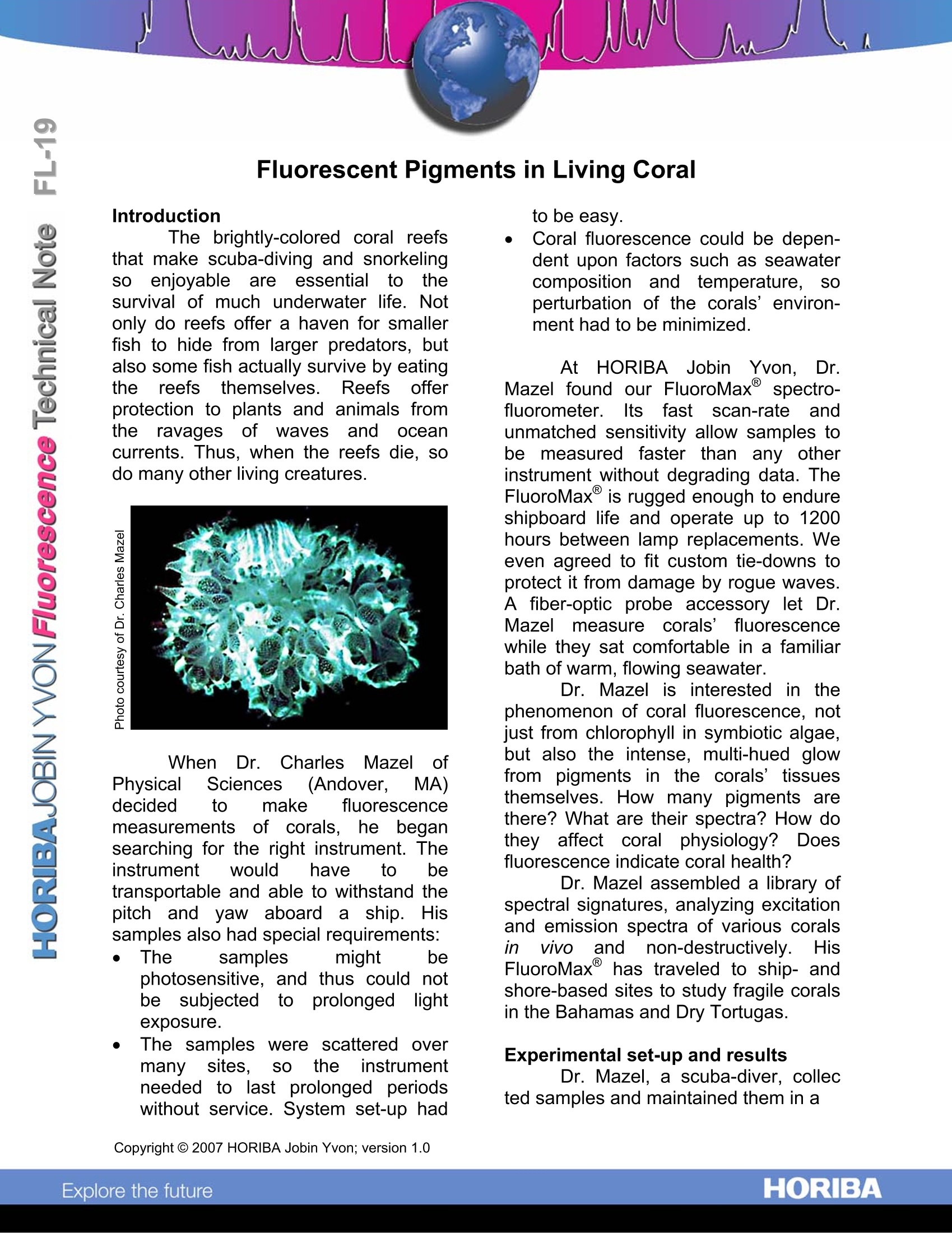

还剩1页未读,是否继续阅读?
HORIBA(中国)为您提供《 Fluorescent Pigments in Living Coral》,该方案主要用于其他中--检测,参考标准--,《 Fluorescent Pigments in Living Coral》用到的仪器有HORIBA高灵敏一体式FluoroMax-4荧光光谱仪、HORIBA Fluorolog®-3科研级荧光光谱仪
推荐专场
相关方案
更多
该厂商其他方案
更多

